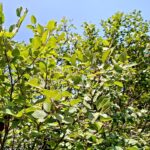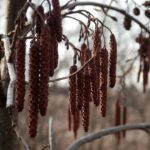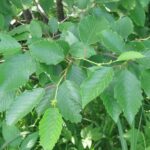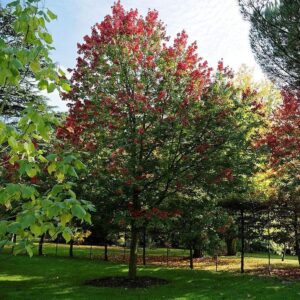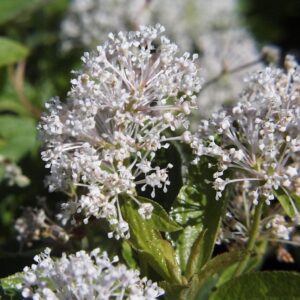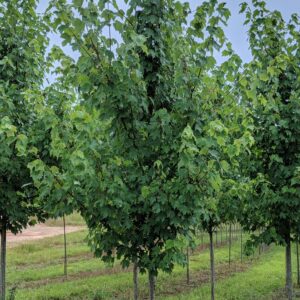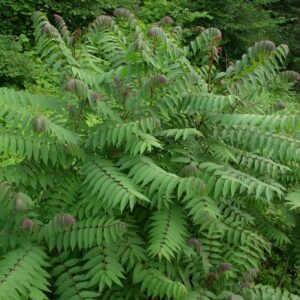The Speckled Alder, scientifically known as Alnus incana, is a deciduous shrub or small tree native to North America. It is commonly found in wetland areas, such as swamps, bogs, and along stream banks.
The Speckled Alder is known for its unique bark, which is smooth and grayish-brown with white speckles or lenticels. The leaves are oval-shaped and serrated, with a dark green color that turns yellow in the fall. It produces small, inconspicuous flowers in the spring, followed by small cone-like fruits.
This species is well-adapted to wet and poorly drained soils, making it an excellent choice for wetland restoration or rain gardens. It can also tolerate some drought once established. The Speckled Alder prefers full sun to partial shade for optimal growth.
|
Type: |
Shrub |
|
Height: |
15 – 25’ |
|
Spread: |
15’ – 25’ |
|
Spacing: |
20’ |
|
USDA Hardiness Zone: |
3 – 6 |
|
Culture: |
Full Sun, Part Sun |
|
Bloom Color: |
Brown |
|
Season of Interest: |
Spring, Year-Round |
MAINTENANCE NEEDS: Low maintenance. Canker can be severe, and powdery mildew and leaf curl may appear. Watch for aphids, leaf miners, lace bugs, and flea bettles. Chlorosis will appear in high pH soils.
LANDSCAPE USES: Specimen planting or Grove, Wetlands and ponds, Woo dland Garden, Naturalized Areas, Native Garden, and Shade Tree.
COMPANION PLANTS: River Birch, Swamp Chest Oak, Southern Lady Fern
IMAGES: jillllybean, Alnus incana ssp. rugosa (14812239720), CC BY-SA 2.0, (2) Superior National Forest, Alnus incana 2-eheep (5098099776), CC BY 2.0, (3) jillllybean, Alnus incana ssp. rugosa; gall on fruit (14812241240), CC BY-SA 2.0, (4) Ryan Hodnett, Alder (Alnus sp.), CC BY-SA 4.0
*As plants have ranges in appearance they may not appear as the images shown.

